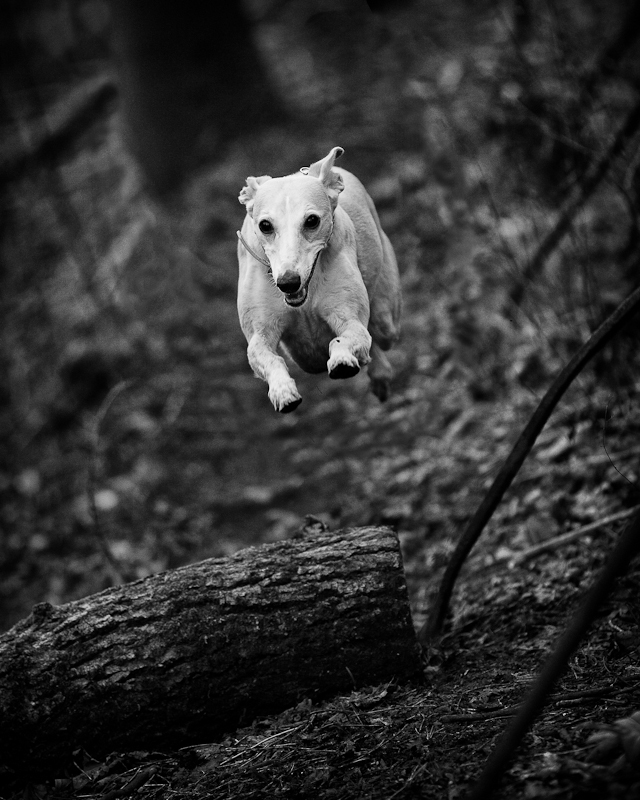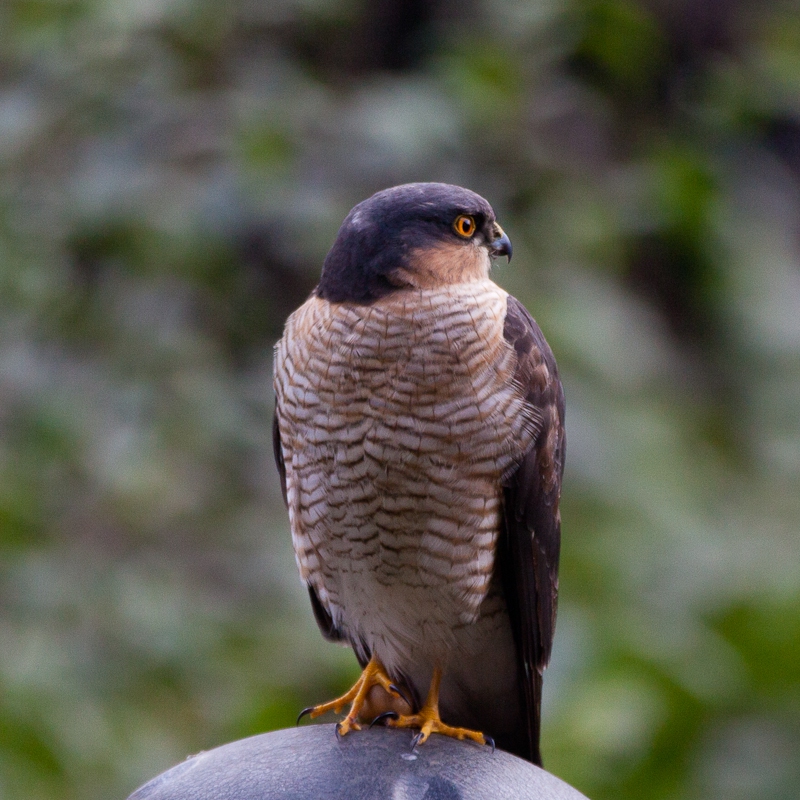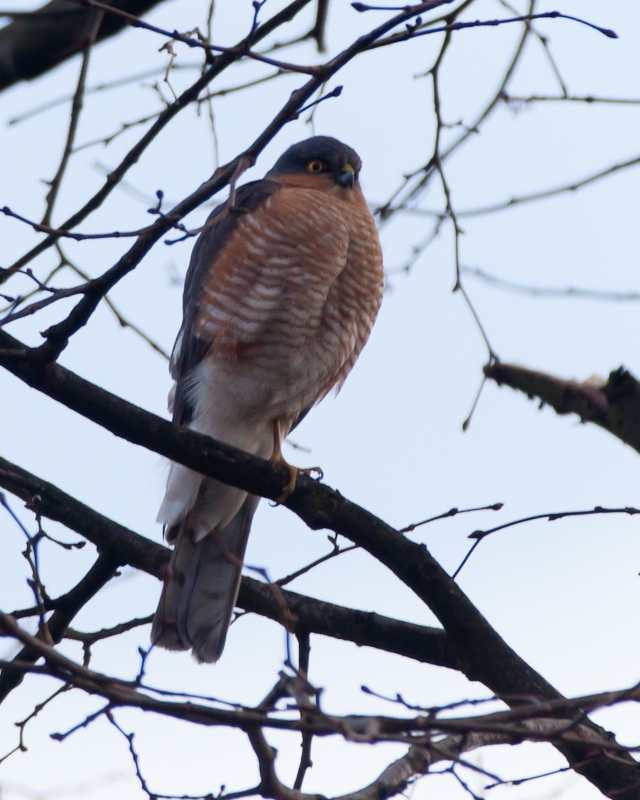The spring like weather made for a wonderful afternoon’s walk along the River Kelvin with (finally) some good opportunities for some photography. Not only did I manage to get some good shots of the dipper, I also got this wonderful shot of Lola in action.
The original black and white image (middle below) has become my most successful photo on 500px to date (by a mile!) gaining 33 votes, 13 favourites and 439 views overnight. Being picked by the editors as the second photo in their ‘choice of fresh content of the day’probably helped a lot.
I really love this black and white shot, especially the detail, but was not completely happy with the composition, with Lola being dead central. I played around with different compositions, even tried square, but did not get anything better.
A friend suggested editing the image, lowering Lola in the frame, closer to the log, so she would be on the bottom third. I think this change would take away from the look and title: ‘flying high’. So I decided to do the opposite, placing Lola higher in the frame, on the top third. In my opinion, resulting in an even better shot than the original.
So here are the steps I took to create the final image above. Using the lasso tool in Photoshop, I selected a band containing the tree and Lola, stopping just above the log, then moving the band upwards such that Lola is on the top third. Using the clone stamp tool, I carefully restored the edge and adjacent area as closely as possible to the original look. Using Silver Efex Pro, I then applied the ‘High Structure (Smooth)’ preset and burned the edges softly, still keeping the editing to a minimum.
I would love to hear what you think of the different versions, especially which one is your pick of the crop and why.


